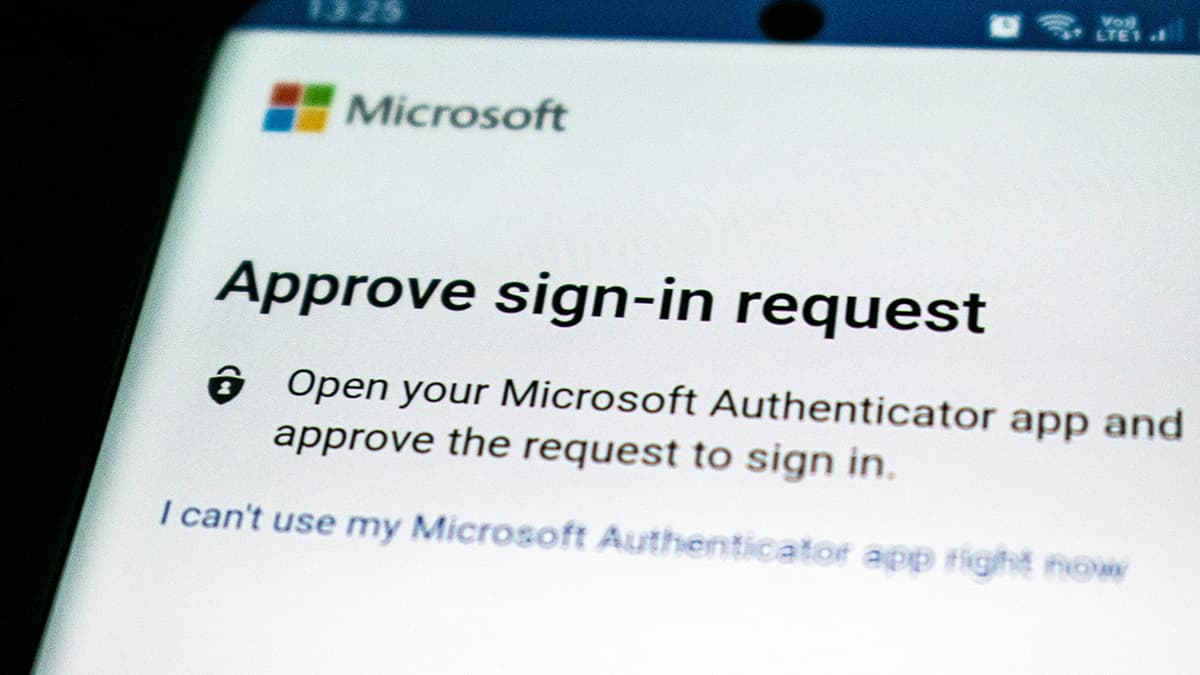How to implement feature flags in Next.js with LaunchDarkly
Are you looking to integrate feature flags in your Next.js application using LaunchDarkly? Feature flags provide a powerful way to control the visibility of features in your app without the need for constant redeployment. In this article, we will guide you through the process of setting up and using feature flags in Next.js with LaunchDarkly.
Getting Started
To begin, you need to create an account on LaunchDarkly if you don't already have one. LaunchDarkly offers a comprehensive feature flag management platform that allows you to easily control the release of features and target specific user segments.
Once you have created an account, you can create a new feature flag in LaunchDarkly. Give your feature flag a descriptive name and configure its targeting rules based on user attributes, such as email, user ID, or custom attributes. This will determine which users should see the feature flag when it is enabled.
Installing the LaunchDarkly Client SDK
Next, you need to install the LaunchDarkly client SDK in your Next.js project. You can do this using npm or yarn by running the following command:
Bash
Once the SDK is installed, you can initialize it with your LaunchDarkly SDK key. You can find your SDK key in the settings of your LaunchDarkly project.
Javascript
Implementing Feature Flags in Next.js
Now that you have set up LaunchDarkly and installed the client SDK, you can start implementing feature flags in your Next.js application. Here's an example of how you can use feature flags to control the visibility of a component based on a feature flag:
Javascript
In this example, the MyFeatureComponent will only render the "My awesome feature!" message if the feature flag with the specified key is enabled in LaunchDarkly. This allows you to control the visibility of features dynamically without modifying your code.
Testing Feature Flags
It's important to test your feature flags to ensure they work as expected. LaunchDarkly provides a variety of testing options, including flag statuses for individual users, development environments, and more. You can use the LaunchDarkly dashboard to monitor flag statuses in real-time and verify that your flags are behaving as intended.
Best Practices
When implementing feature flags in Next.js with LaunchDarkly, consider the following best practices:
- Keep your feature flag keys descriptive and easy to understand.
- Test your feature flags thoroughly in different environments before releasing them to production.
- Monitor flag usage and performance to identify any potential issues.
- Regularly review and update your feature flags based on user feedback and analytics data.
By following these best practices, you can effectively leverage feature flags to manage feature releases and improve the overall user experience of your Next.js application.












